Tracing Coax Cable (3 Techniques for 3 Issues)
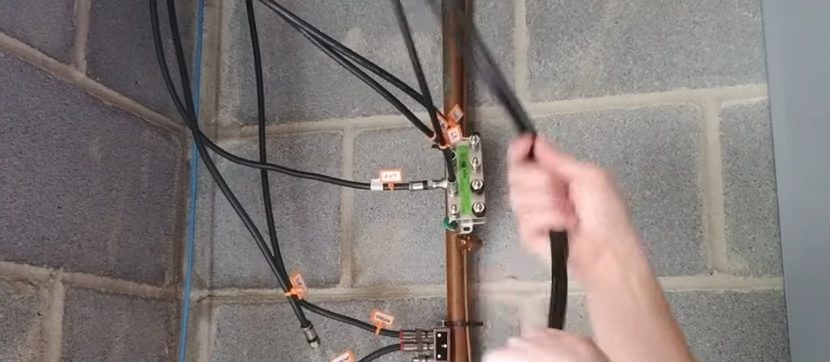
In this article, I’ll share some methods I have learned to trace coax cables easily and efficiently.
As an experienced electrician and handyman, I will show you various solutions that can help expedite and simplify the process. The ability to thread coax cables properly prevents you from wasting time debugging various issues with your cables.
In general, to trace a coaxial cable follow these simple steps:
- Get your tracing tools— a probe device, toner, cable tester, and colored tape
- Connect a jack to the sender device.
- Using a speaker module, test each cable.
- When you connect the correct coax cable, you will hear a tone
I will cover more detail below.
The Tracing Instruments
First, prepare the necessary tools before beginning the tracing process. A coax cable tracer is typically a small device with various functions; some models can map several locations and provide invaluable information. This type of device may go by several different names.
A probe device and toner are required to trace the cable. The cable itself determines the tools required.
If you have a lot of coaxial cables to trace and don’t want to get lost, consider using colored tape.
Various cable tracing solutions are reasonably priced. Different models may include accessories and additional features that make the entire process easier and faster.
1. Many Cables
When you have a few cables connected to various devices and run to various locations throughout your home, you should use a cable tester to determine where the coax cable goes. Such devices include a “sending” function that sends a unique signal through the coaxial cable. The procedure is straightforward:
Step 1. Connect a jack to the sender device.
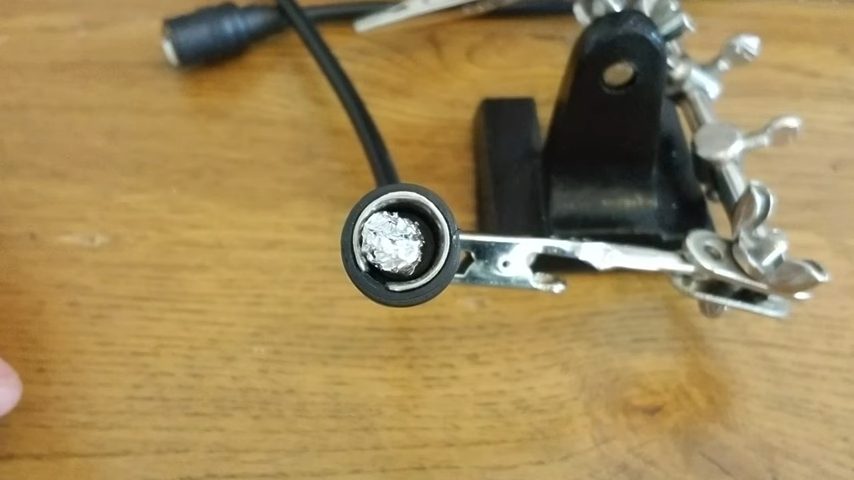
Step 2. Using a speaker module, test each coax cable.
When you connect the correct cable, you will hear a tone. That’s all there is to it.
2. When the Cable’s End is Available
If you have a lot of cables that send signals to many different devices and you need to find the right one, you can use a simple process. In this case, a multimeter is required:
Step 1: Set the Multimeter
To begin, switch your multimeter to continuity mode by rotating the selection dial knob to ohms settings — to measure resistance. Next, Install the multimeter’s red and black probes that lead into the ‘V’ and ‘COM’ sockets.
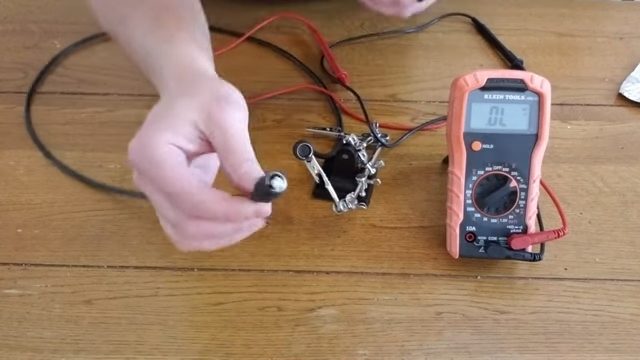
Step 2: Test the Wires with the Multimeter Probes
Then, touch the red lead on the inner copper conductor and the black lead on the outer connector on the coaxial cable until you hear a continuous beep, indicating that the two wires are connected.
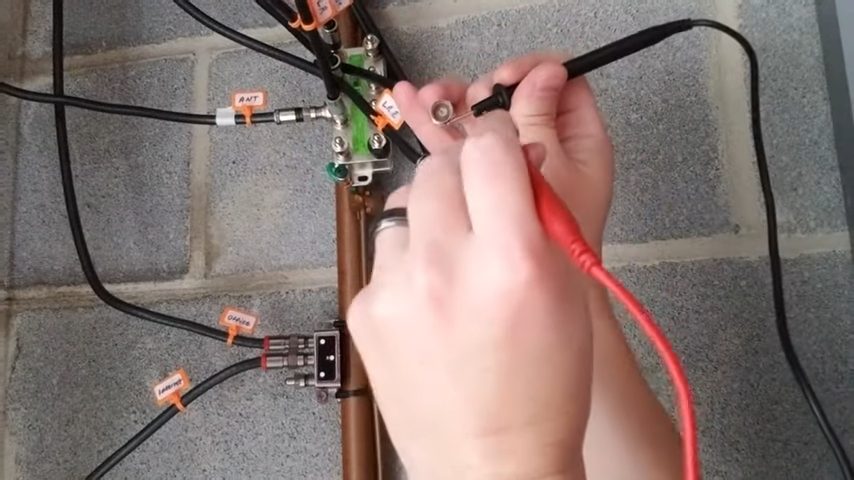
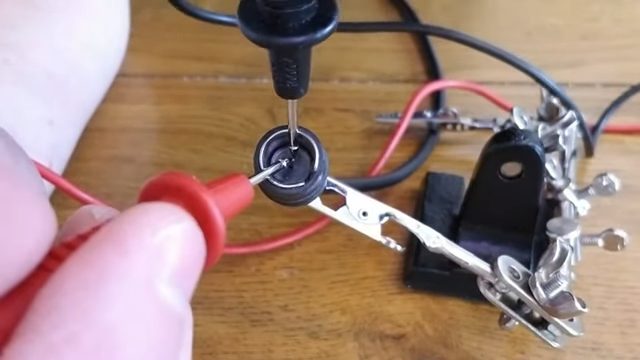
Hint: If neither of these methods works for you, or if you’re having difficulty determining which wire is which, you can always try visually tracing the cable.
3. A Plethora of Cables — What To Do?
Tracing coaxial cables can be difficult, especially if you have a lot of cables threading through your walls or ceilings, but it is certainly doable:
Step 1. Begin by looking for obvious signs of where the cable might run, such as along baseboards or crown molding.
Step 2. Once you’ve determined the general location of the cable, begin gently tapping on walls or ceiling tiles until you hear a hollow sound – this usually indicates that there’s something behind that surface (such as wiring!).
However, use caution as too much force may cause damage to your walls or ceilings!
Frequently Asked Questions — FAQs
How Do I Locate a Coax Cable in a Wall?
There are a few things you can do if you’re looking for a coax cable in your wall:
Step 1. Try to figure out where the cable is entering your home. This is typically near the television or where the cable company’s line enters your home.
Step 2. Once you’ve located the general area, use a stud finder to check for any nails or screws in the wall that may be holding the coax cable in place. If you don’t see anything, try looking for the coax cable behind the drywall with a flashlight.
How Can You Locate Hidden Coaxial Cable?
Coaxial cable is frequently concealed behind walls, beneath floors, or above ceilings. Begin your search for hidden coaxial cable by looking for any exposed wire sections. Then, using a stud finder, locate the studs in your walls and mark their positions with tape.
Once you’ve located the studs, search for any gaps between them where the coaxial cable could be hidden. Finally, look for any cables that may be running through these gaps with a flashlight.
Video Reference
The Reno Dummy
